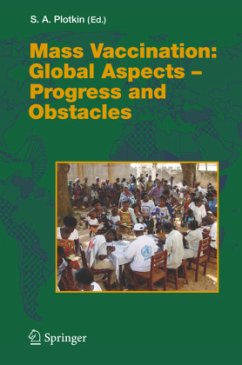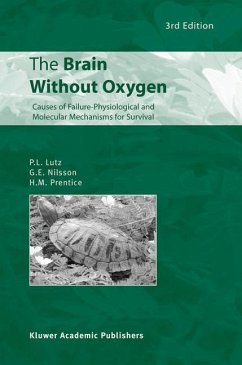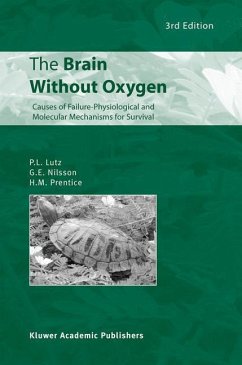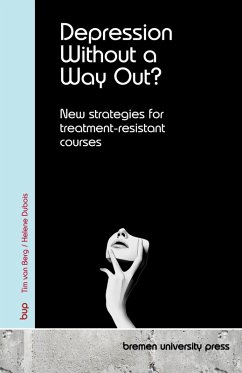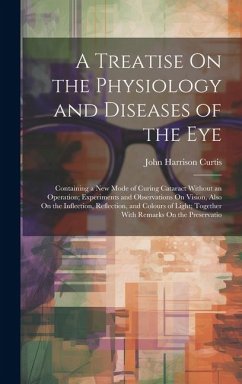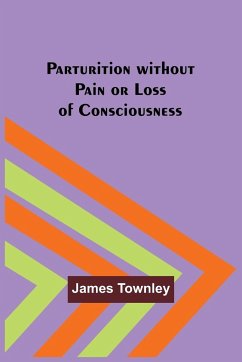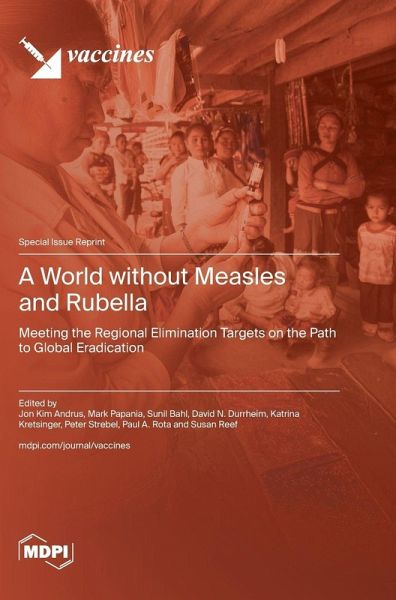
A World without Measles and Rubella
Meeting the Regional Elimination Targets on the Path to Global Eradication
Versandkostenfrei!
Versandfertig in 1-2 Wochen
166,99 €
inkl. MwSt.

PAYBACK Punkte
83 °P sammeln!
Measles and rubella continue to affect children worldwide, even though effective, safe, and inexpensive vaccines have been available for over 50 years. Although measles immunization is estimated to have prevented over 56 million childhood deaths since the year 2000, the residual annual burden of 136,216 measles deaths and 32,000 children born with congenital rubella syndrome is unacceptable. Eliminating measles and rubella worldwide is technically feasible, and every WHO region has set measles and rubella elimination targets. However, without a global target, regions are struggling with achiev...
Measles and rubella continue to affect children worldwide, even though effective, safe, and inexpensive vaccines have been available for over 50 years. Although measles immunization is estimated to have prevented over 56 million childhood deaths since the year 2000, the residual annual burden of 136,216 measles deaths and 32,000 children born with congenital rubella syndrome is unacceptable. Eliminating measles and rubella worldwide is technically feasible, and every WHO region has set measles and rubella elimination targets. However, without a global target, regions are struggling with achieving and then sustaining measles/rubella elimination. Global measles/rubella-containing vaccination coverage stagnated at around 85% for over a decade before declining to lower levels in many countries during the COVID-19 pandemic. Many planned supplemental immunization activities intended to fill the immunity gaps were postponed or canceled during the pandemic. Additionally, nineteen countries have yet to introduce rubella-containing vaccines despite the overwhelming evidence of disease and economic burden, as well as ethical considerations.



